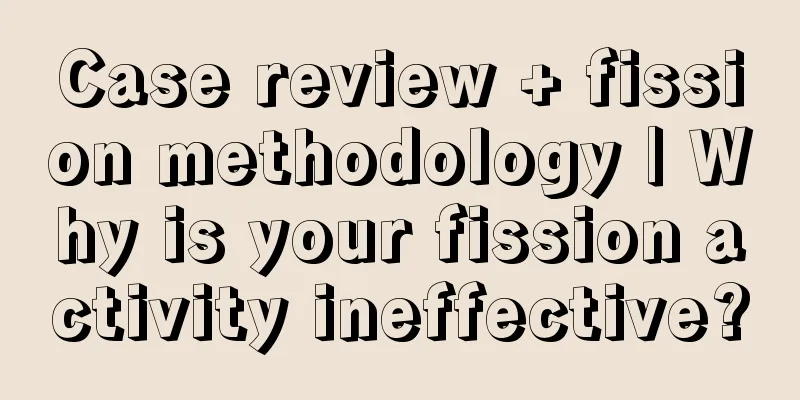Package visibility in Android 11

|
In Android 10 and earlier versions, apps can get a list of all installed apps on the device through methods such as queryIntentActivities(). In most cases, this access permission far exceeds the permissions that the app actually needs. As we continue to increase our focus on privacy protection, we will introduce some new changes in Android 11 to change the way apps query and interact with users' installed apps. To achieve this goal, we have brought better access control to the list of apps installed on a specific device.
To better "hold accountable" for access to installed apps, apps targeting Android 11 (target API level 30) will only be able to detect some of the filtered installed apps by default. If you want to get more information about the list of installed apps, you need to add elements to the Android manifest in your app to expand the scope of access. In most common scenarios, including any intents started with startActivity(), you do not need to make any changes. Other scenarios, such as opening a specific third-party application directly from your application's interface, require developers to explicitly declare the application's package name or intent filter signature, as shown below:
If you use Custom Tab to open URL links, you may call resolveActivity() and queryIntentActivities() to launch a non-browser app (provided that you have an app installed to handle the URL). In Android 11, there is a better way to handle this: use the FLAG_ACTIVITY_REQUIRE_NON_BROWSER flag of the intent instead of querying other apps. If a browser is launched when you call startActivity() with this flag, an ActivityNotFoundException will be thrown. At this time, your app can handle this exception and use Custom Tab to open the URL link instead.
In rare cases, your app might need to query or interact with all installed apps on a device, regardless of the components they contain. To allow your app to see all other installed apps, Android 11 introduces the QUERY_ALL_PACKAGES permission. In an upcoming policy update, Google Play will provide guidance for apps that require the QUERY_ALL_PACKAGES permission. You can add elements to your app by setting your API Level to 30 and using Android Studio 3.2+ and the latest Android Gradle plugin. You can find more usage information and use cases for package availability in the developer documentation — Package visibility in Android 11.
Android Studio and Gradle support for this feature If you are using Android Gradle plugin version 4.1 and above, you can use the new element normally, because the old version of the Gradle plugin is not compatible with this element. If you use or depend on a library or SDK that supports Android 11, it may cause manifest conflicts and errors in merging manifests. For example, when building an app, you may see the following error in the Build Output Window:
There may also be an error message like this in the Build Output Window, directing you to view the Manifest merger logs:
When you expand the Merged Manifest view, an additional error message appears:
Merged Manifest View
Fix issues with Android Gradle plugin The best way to resolve the above errors is to upgrade the Android Gradle plugin to version 4.1 Beta. However, not all developers can use the latest version, and some projects may rely on older versions of Gradle or code libraries that are incompatible with the 4.1 version of the Android Gradle plugin. Therefore, we recently released a minor version (dot releases) upgrade for the Android Gradle plugin to be compatible with the <queries> element:
For example, if you are using version 4.0.0 of the Android Gradle plugin, you can upgrade the relevant dependencies to the corresponding versions in the project-level build.gradle file.
|
>>: Scoping in Android and Hilt
Recommend
SEO optimization tutorial video "The Secret of Millions of SEO Traffic" shared by the great Souwai Sanmu
Course Contents: Chapter 0: Introduction 0.1: Pre...
50-day Zhihu Pilot Academy fan increase and monetization plan_Dangxing Academy
Tips for increasing followers/selling products/mo...
There are more toxins in moldy fruits than you think! They can cause liver cancer!
Last year, my colleague treated a couple who were...
The application of Beidou in public security: Beidou system, the sharp sword is out of its sheath!
...
Comprehensive plan for Tik Tok short video marketing and promotion in 2019!
Follow the official account " Operation Uncl...
Taobao's PlayerUnknown's Battlegrounds: Is the launch of "Mini Programs" a counterattack against WeChat or JD.com?
Will Taobao Mobile launch mini programs? This is ...
Apple iOS 14.6 Beta 1 experience: 1 new feature added, battery life consumption increased
Yesterday morning, Apple released a new iOS 14.6 ...
Analyst: 2016 will be a make-or-break year for Apple
CNBC reported on the early morning of the 30th Be...
WeChat reminder: These are all plug-in software, please don’t use them
WeChat has become a must-have app for everyone, a...
Mobile Internet Advertising Market in 2019!
2019 is already more than halfway through. Lookin...
3000 words to understand Weibo operation and promotion routines!
Why do I operate Weibo? Because browsing Weibo is...
9 new rules for community operation
The previous article discussed the six major rule...
A cosmic version of "The Wandering Earth"? Telescopes reveal the truth about the "wanderers" in outer space
Produced by: Science Popularization China Author:...
The former battery giant is in trouble: Watma suspends production to reorganize, BYD is busy with losses and changes
Recently, a news that all employees of Shenzhen W...
Two cases of monkeypox were found in Beijing. One picture shows you the true face of monkeypox!
According to the Beijing Center for Disease Contr...









